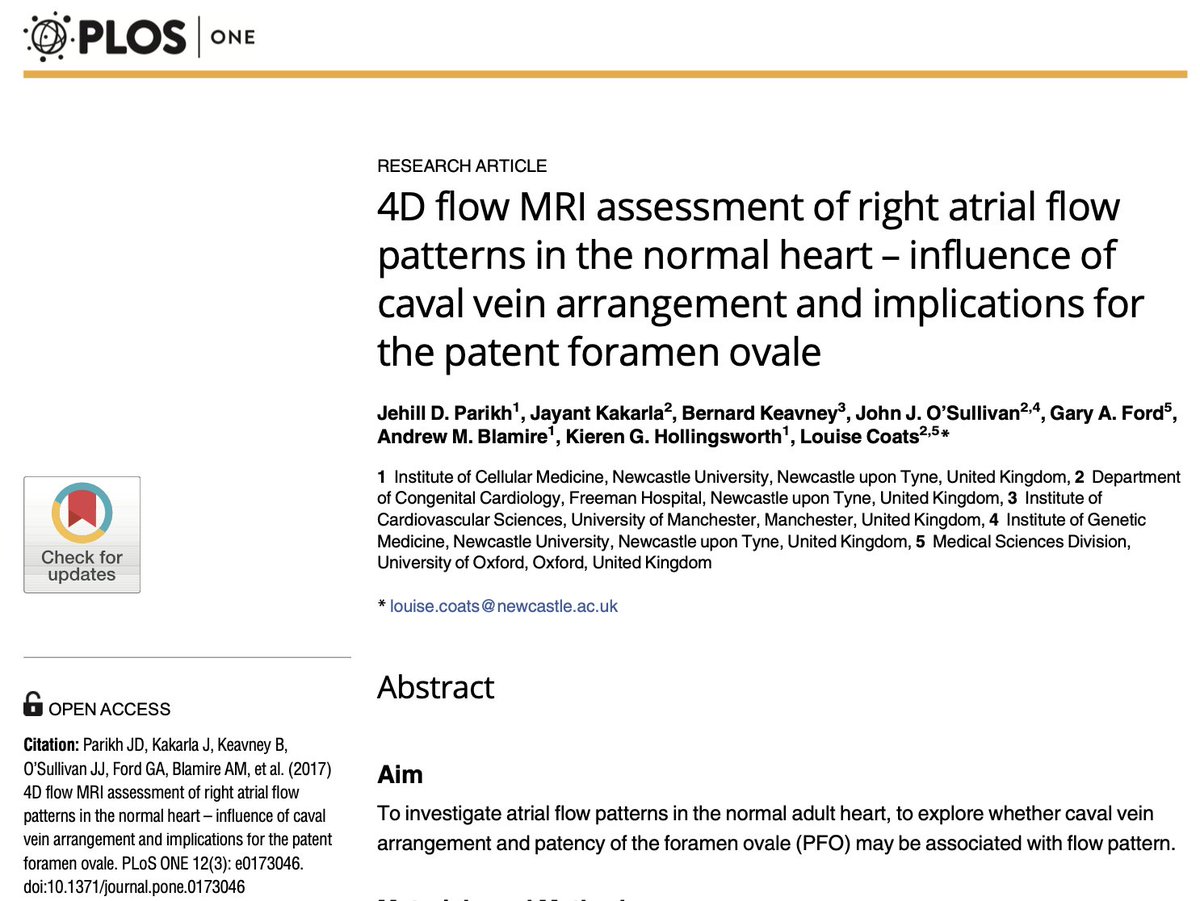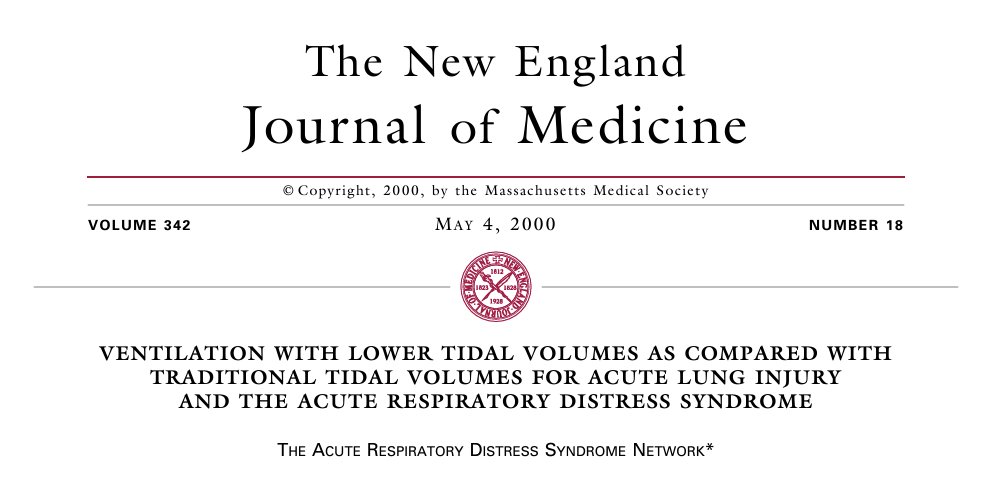
Aman Thind
@thind888
Intensivist at UCSF Fresno. Resuscitationist. Sonophile.
#ICUphysiology #Hemodynamics #ECLS #AirwayTwitter #RespiratoryMechanics #ECG #VentRounds
ID: 1169806485368561665
https://criticalcarenow.com/author/aman/ 06-09-2019 02:56:20
4,4K Tweet
4,4K Takipçi
448 Takip Edilen



5 more episodes SEVA VentRounds youtube.com/playlist?list=… Leaks, failed trigger, expiratory effort and other cool stuff... CCF Pulmonary and Critical Care Fellows Yale PCCSM Johns Hopkins University PCCM Fellowship UC Riverside Critical Care Medicine UCLA PCCM PCCM UChicago Matt Siuba Sameed M Mohammed Megri. MD Aman Thind Victor De La Puente Dr. Miguel Ibarra-Estrada



Increible experiencia venir a Vall d'Hebron Centre de Simulació Clínica Avançada primer curso SEVA en Europa. Con Jordi Bañeras y Carlos L. Alviar MD, FACC !! Gran experiencia y equipo, siempre aprendemos ! Cleveland Clinic CCF Pulmonary and Critical Care Fellows Matt Siuba UC Riverside Critical Care Medicine Kshitij Chatterjee Society of Mechanical Ventilation VentBusters Thomas Piraino Aman Thind
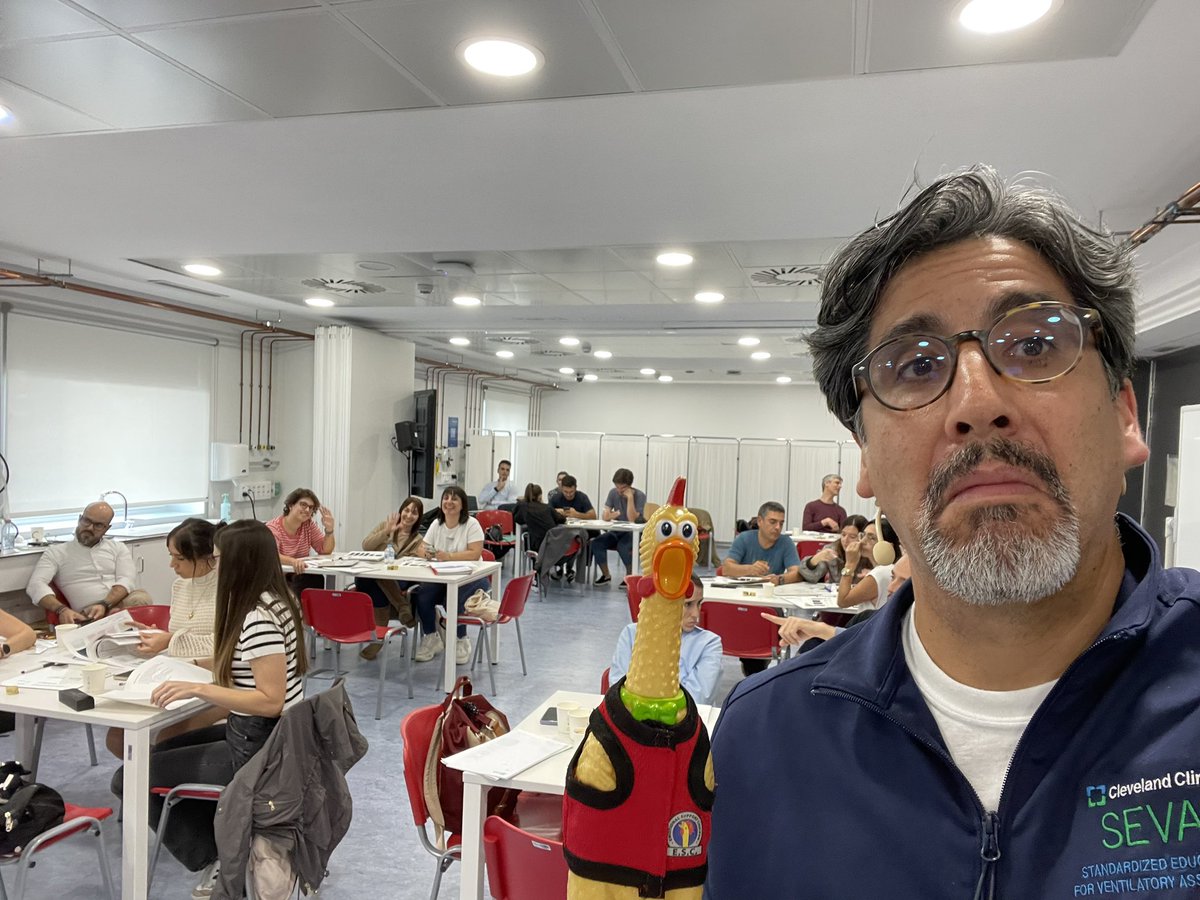






EMCrit 390 - Hyperangulated Video Laryngoscopy Tips, Tricks, & Mastery. HatTip to Nicholas Chrimes & Richard Cooper Jam packed with clinically actionable guidance and opinions. emcrit.org/390

We present another publication-quality chapter from ShockWaves, the 1st chapter in the RHC section. Sergio Caravita presents a masterclass on the invasive PA waveform. Section editors: Sophia Airhart MD & Zachary Il'Giovine Look out next week for the non-invasive correlates 👀
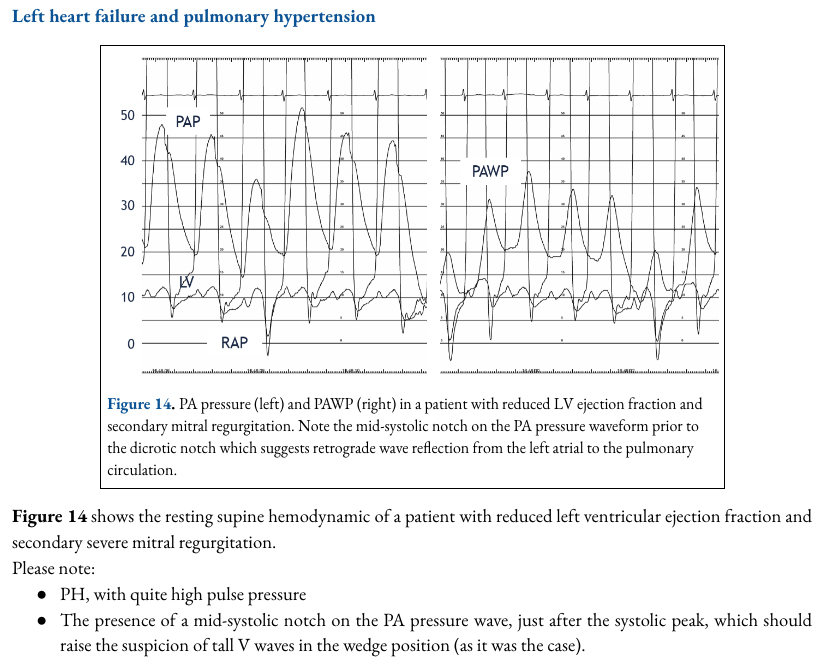

Next chapter of ShockWaves is live! Non-invasive correlates of pulmonary artery pressures, the second act to Sergio Caravita's masterful invasive chapter.
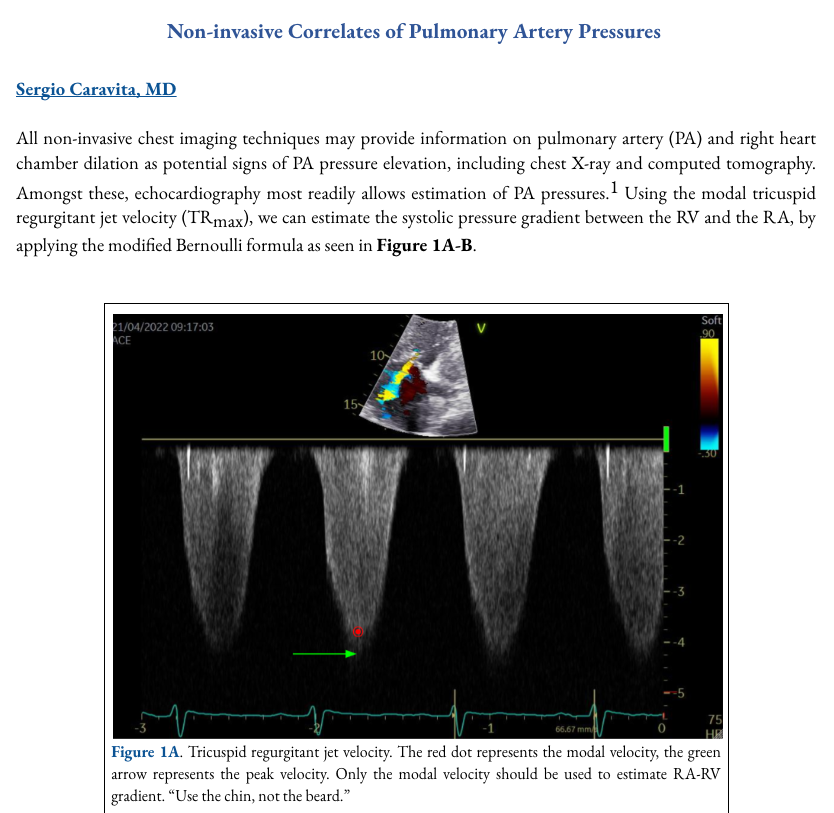



SEVA program on mechanical ventilation registration now open ! Here are the dates for 2025. Join us in our path to getting better. clevelandclinicmeded.com/live/courses/s… CCF Pulmonary and Critical Care Fellows Cleveland Clinic Med Peds Hospitalist Matt Siuba Society of Mechanical Ventilation Sameed M Raed Dweik, MD, MBA Ariel J Garnero Kshitij Chatterjee Aman Thind

Today SEVA Vent Rounds at 2 PM EST. NEW LINK cmrccf.webex.com/wbxmjs/joinser… CCF Pulmonary and Critical Care Fellows Sameed M Aman Thind Kshitij Chatterjee UC Riverside Critical Care Medicine UT Pulmonary Critical Care Sleep Sherry American Association for Respiratory Care Society of Mechanical Ventilation WeVent Dr. Miguel Ibarra-Estrada Doc Musician Paco Dardón Matt Siuba Ariel J Garnero

The latest SEVA VentRounds. We must get to doing the 2 holds to ensure we fully assess the patient-ventilator interaction. youtu.be/dixpoEOhFaA CCF Pulmonary and Critical Care Fellows Society of Mechanical Ventilation Fede Gordo-Vidal Dr. Miguel Ibarra-Estrada Matt Siuba Kshitij Chatterjee American Association for Respiratory Care Ariel J Garnero Aman Thind Doc Musician





